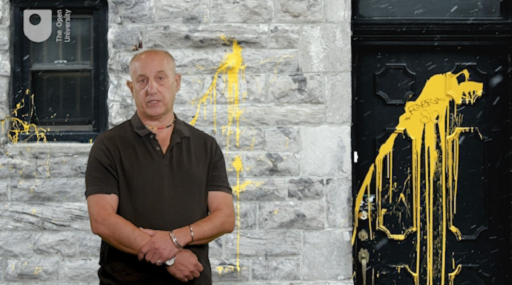Session 4: Restorative conferencing in Northern Ireland
Introduction
The partition of Ireland in 1920 led to the establishment of two separate jurisdictions on the island of Ireland. The recent history of youth justice in one of these jurisdictions − Northern Ireland − has been shaped by the violent conflicts that emerged from this partition which created a bitterly contested territory composed of six of the nine counties of the Irish province of Ulster. In 1998 an attempt to resolve the conflict was achieved through the Comhaontú Bhéal Feirste or Belfast (Good Friday) Agreement. This was an international treaty signed by all the major political parties in the province of Northern Ireland, and the British and Irish governments. Part of the agreement included a comprehensive review of the criminal justice system to ensure that it delivered a fair and impartial system of justice that was responsive to community concerns, encouraged community involvement where appropriate, and retained the confidence of all sections of the community (Doherty, 2010).

In seeking to develop a youth justice system that could secure the support of all communities in Northern Ireland, the Criminal Justice Review Group (CJRG, 2000) looked to a new set of ideas that had been adopted successfully in New Zealand, Australia, post-apartheid South Africa and elsewhere. These ideas about resolving conflict, encouraging dialogue and developing participation are known as ‘restorative justice’. The learning in this session focuses on how restorative justice has been built into the youth justice system of Northern Ireland.

Transcript: Session 4 introduction
By the end of this session, you should be able to:
- recognise the main features of youth justice conferencing in Northern Ireland
- identify the significance of ideas about restorative justice to the youth justice system in Northern Ireland
- understand the historical context of the justice system in Northern Ireland.
